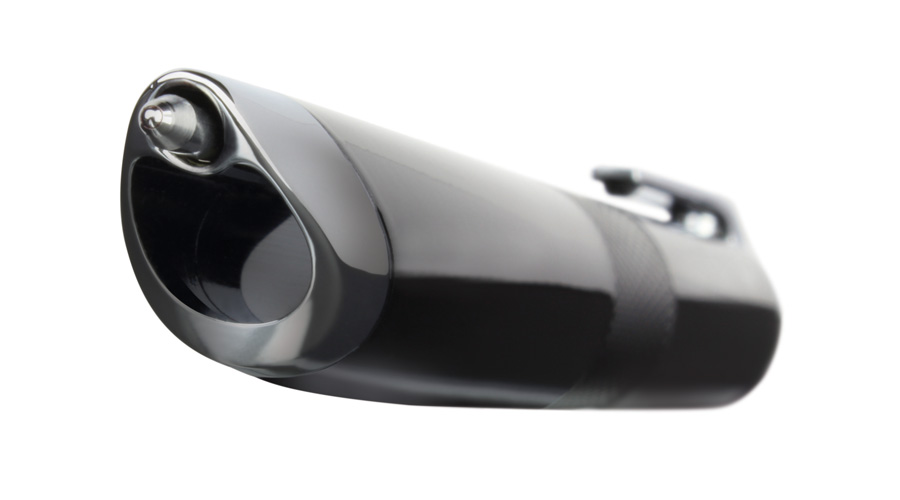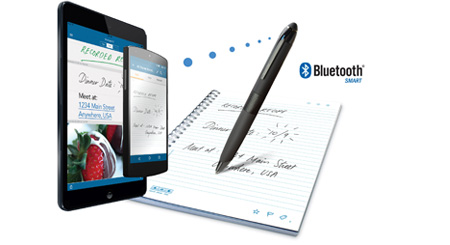MaKey MaKey is an invention kit for the 21st century. Turn everyday objects into touchpads and combine them with the internet. It's a simple Invention Kit for Beginners and Experts doing art, engineering, and everything inbetween:
It comes ready to use out of the box with everything you see above: MaKey MaKey, Alligator Clips, USB Cable.
What Can I Make?
That's up to you! First, load up a computer program or any webpage (yes that's right, you're surfing the internet to invent).
Let's say you load up a piano. Then, instead of using the computer keyboard buttons to play the piano, you can hook up the
MaKey MaKey to something fun, like bananas, and the
bananas become your piano keys:
Or let's say you Google for an online "Pacman" game and draw a joystick with a pencil (yes, an actual ordinary pencil):
Then you can play Pacman by touching the drawing with your finger.
Or you could load up facebook or gmail and send a message on a custom-made alphabet soup keyboard:
How Does it Work?
Alligator Clip two objects to the MaKey MaKey board. For example, you and an apple.
When you touch the apple, you make a connection, and MaKey MaKey sends the computer a keyboard message. The computer just thinks MaKey MaKey is a regular keyboard (or mouse). Therefore it works with all programs and webpages, because all programs and webpages take keyboard and mouse input.
Make + Key = MaKey MaKey!
Artists, Kids, Educators, Engineers, Designers, Inventors, Makers... Really it is for everyone. Here is an 8-year-old girl in a Maker Space:
She invented a "knife-and-log" interface for cutting virtual wood in an online game
Another grad student made this working pressure sensitive switch by layering Play-Doh under a spring:
The workshop took place at Queen's University during a conference.
With MaKey MaKey, kids can start inventing right away, and experts can make working prototypes in minutes instead of days.
What materials work with MaKey Makey?
Any material that can conduct at least a tiny bit of electricity will work (if it doesn't already work, just rub it with bananas, spray it with water, or apply copper tape). Here are some materials people have used in our workshops including Ketchup, Pencil Graphite, Finger Paint, Lemons, etc.:
Other materials that work great: Plants, Coins, Your Grandma, Silverware, Anything that is Wet, Most Foods, Cats and Dogs, Aluminum Foil, Rain, and hundreds more...
Requirements?
MaKey MaKey works with any laptop or computer with a USB port and a recent operating system. How recent? We have tried it with Windows XP, Windows Vista, Windows 7, and Mac OSX.












.jpg)
































